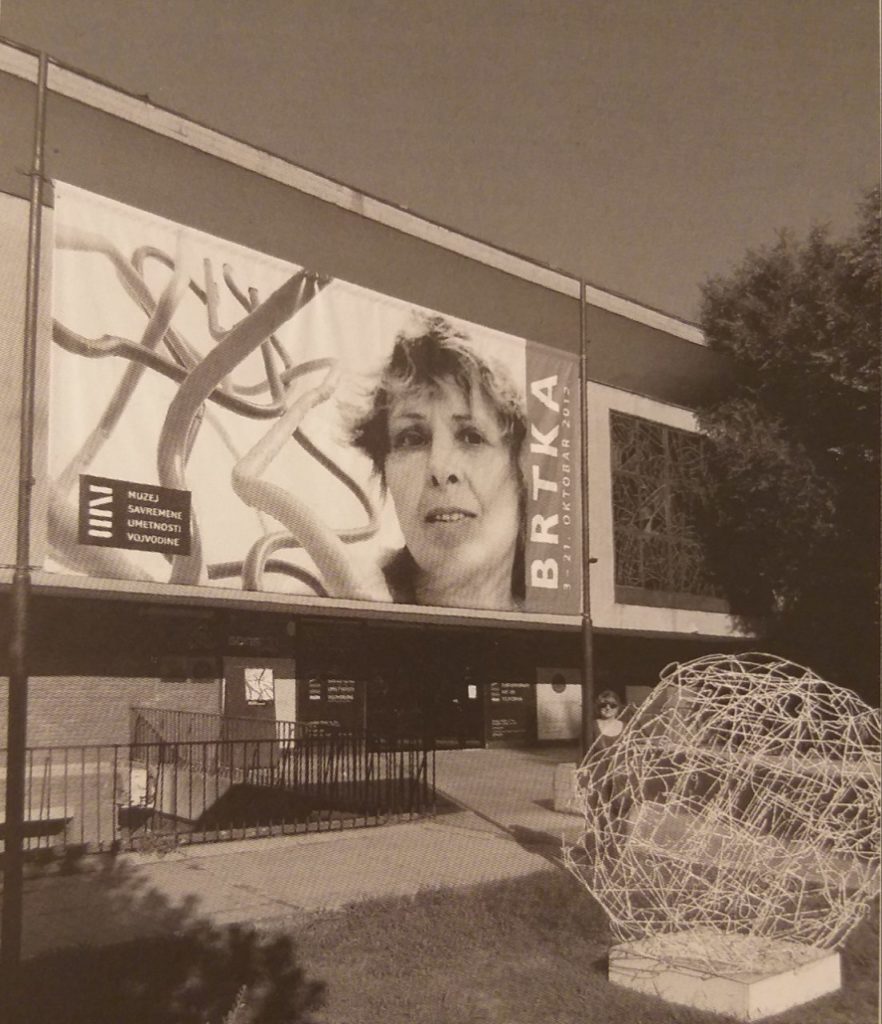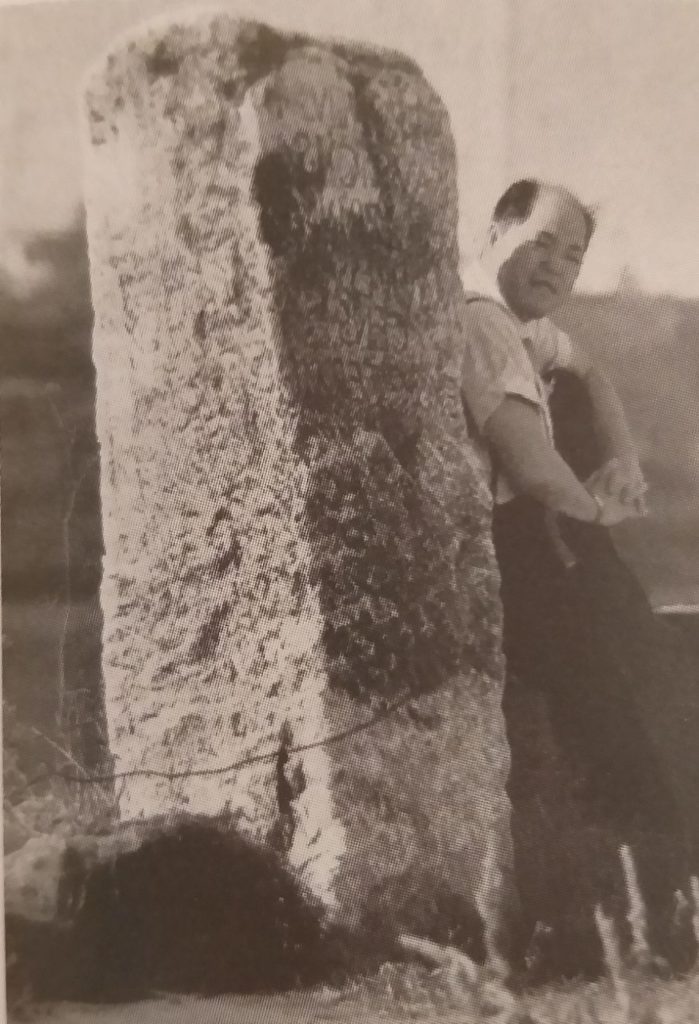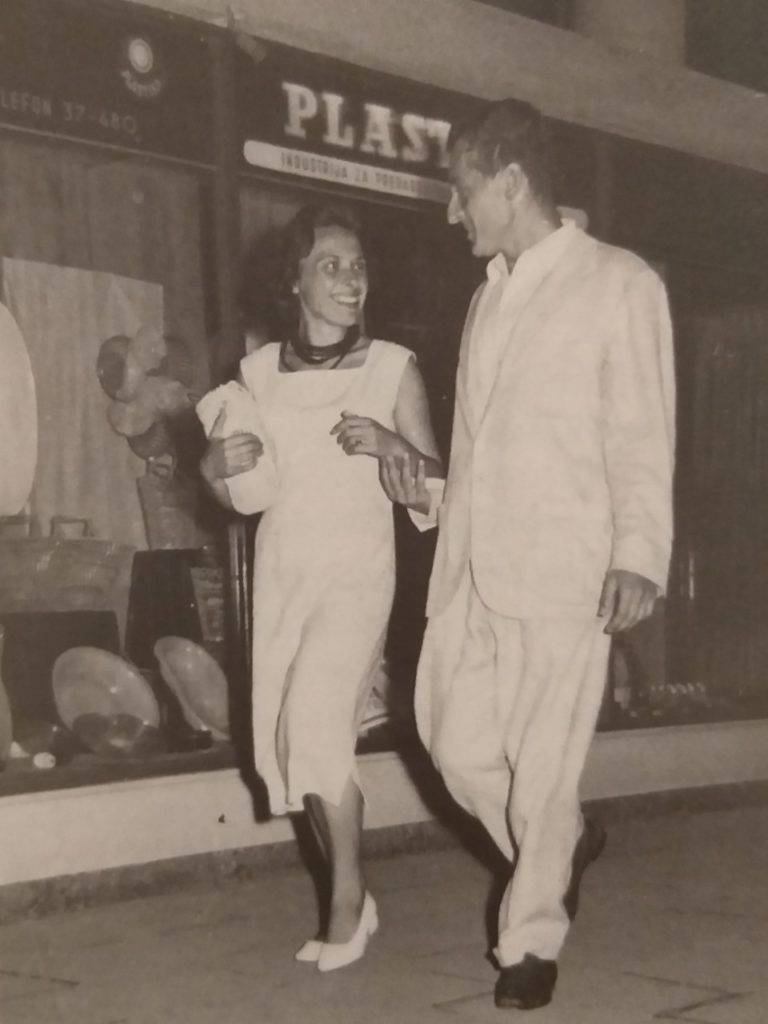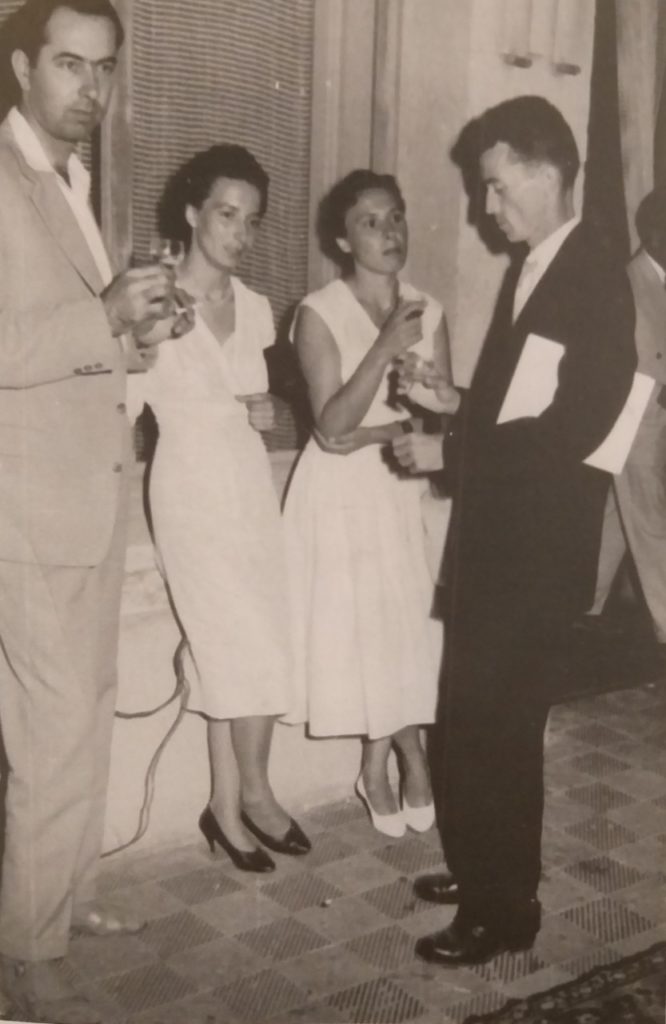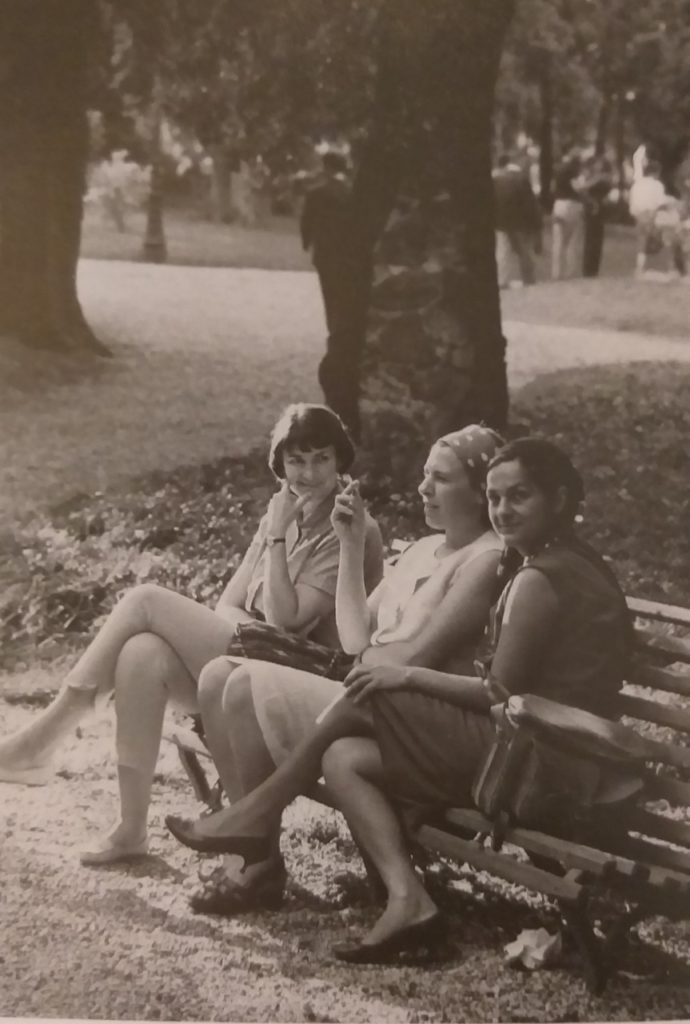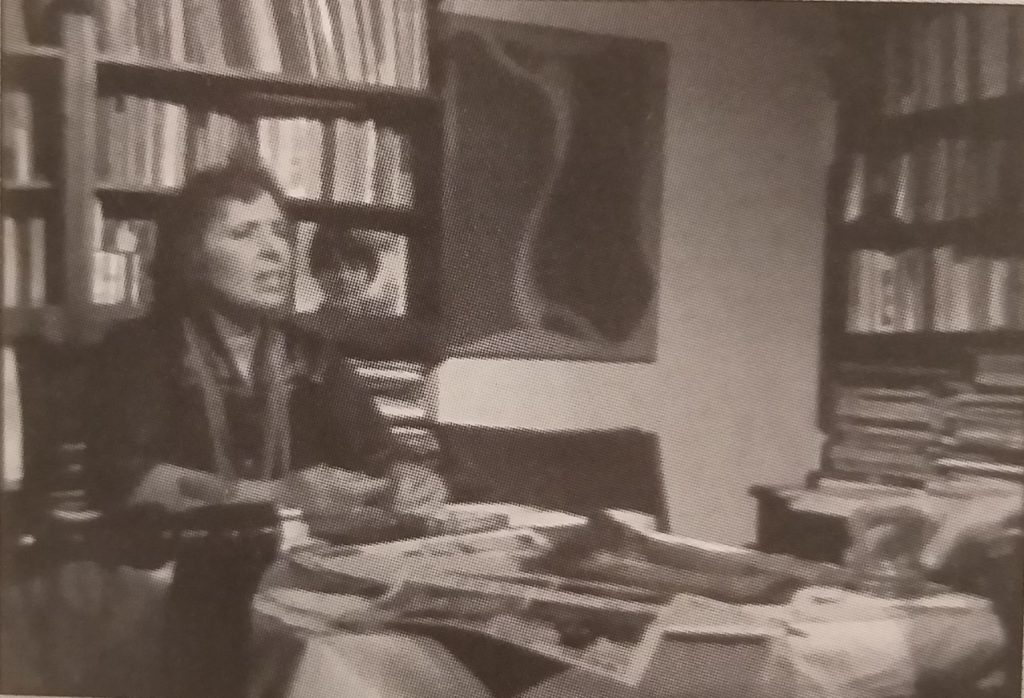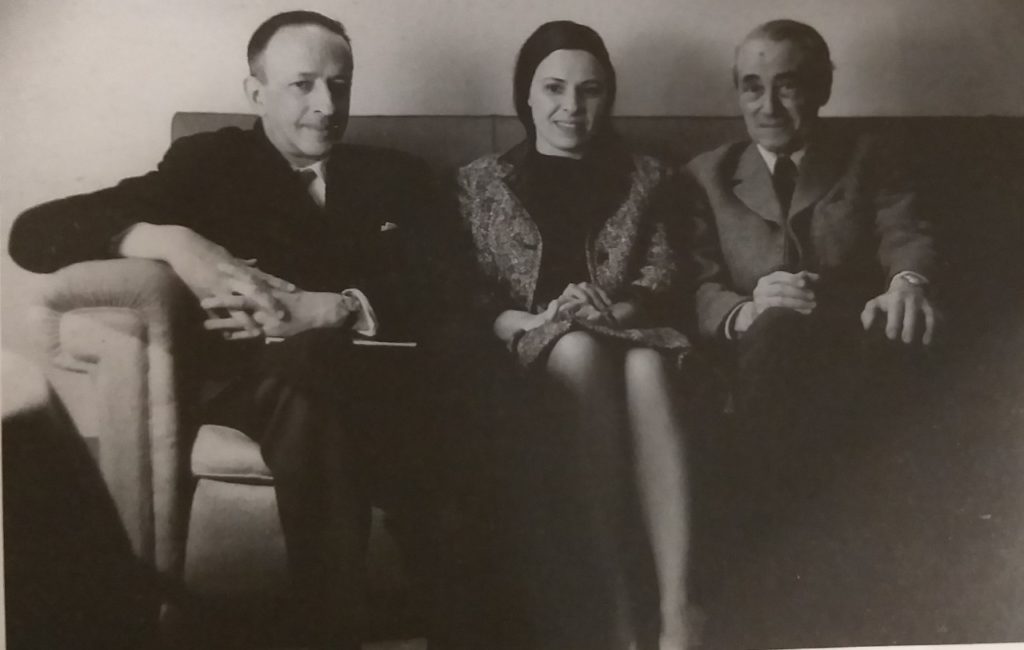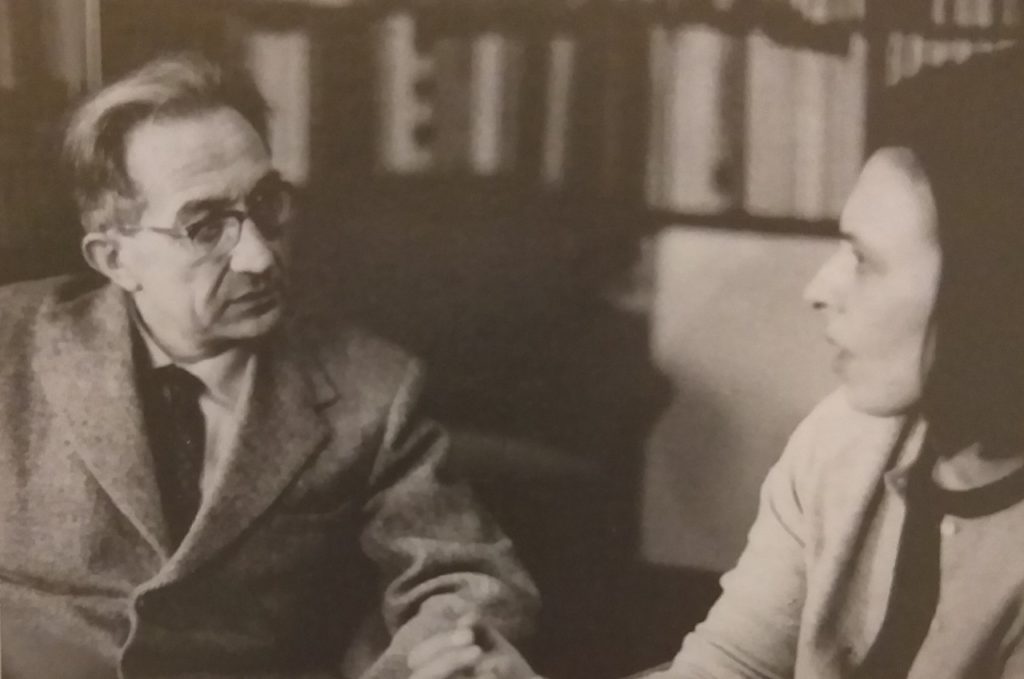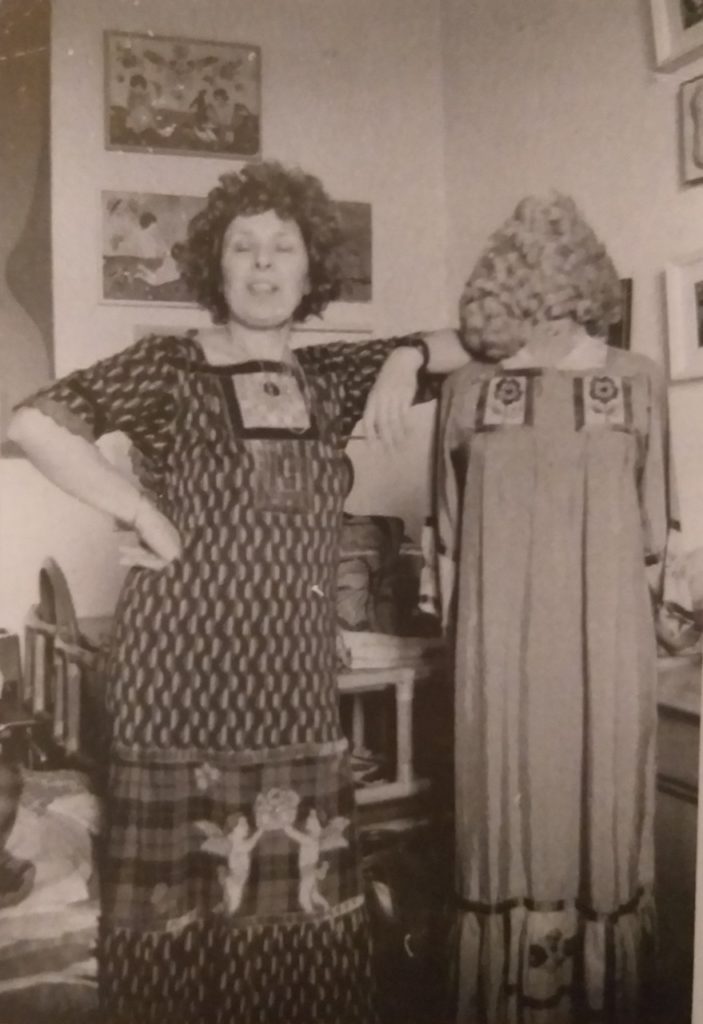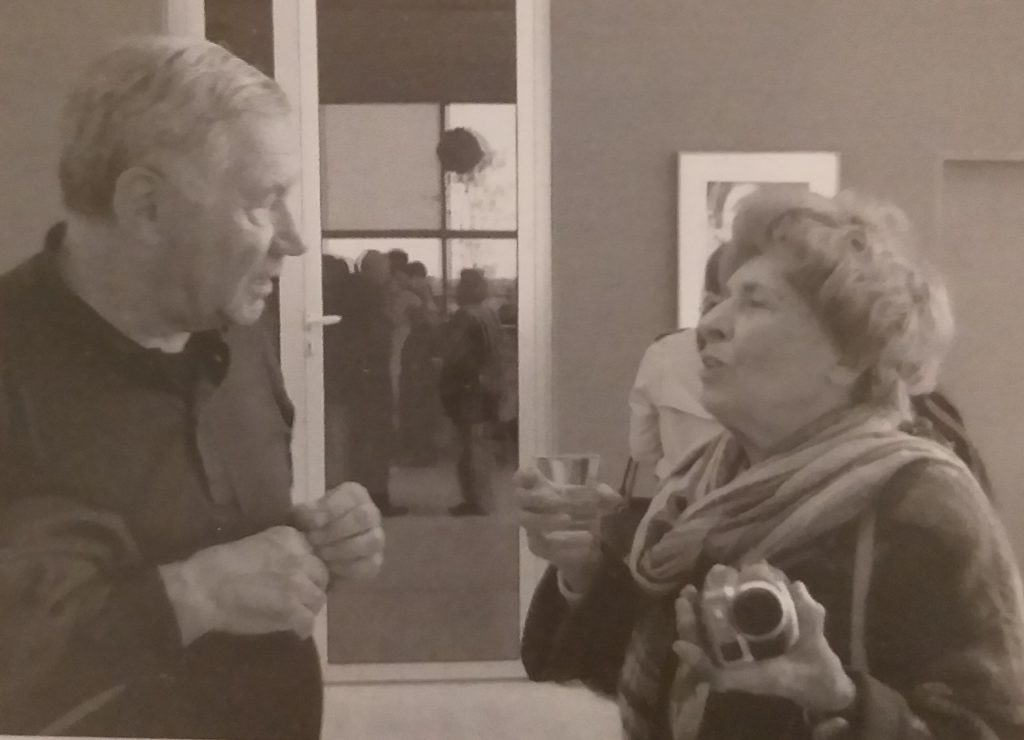BIOGRAPHY
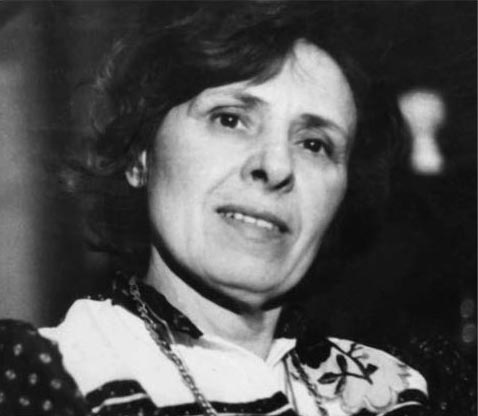
Mira Brtka
(Novi Banovci, 5 October 1930 – Stara Pazova, 18 December 2014)
The entire life of Mira Brtka was dedicated to creative work in film (directing, dramaturgy, scenography, costumes), visual arts (painting, sculpture), and intellectual engagement and activism in her defining the place, role and importance of culture in everyday life.
She was born on 5 October 1930 in the Kingdom of Yugoslavia, within the Slovak ethnic community settled in the Vojvodina region (in Novi Banovci).
Brtka completed her high school and Academy of Theatre and Film Art in Belgrade. Having graduated in the class of Slavko Vorkapić and Vjekoslav Afrić, she started building her career in film and theatre.
In 1959, her engagement in the film industry took her to Rome.
Impressed with spiritual and culturological layers of human civilization in the Appeninian Peninsula, she decided to tie up her artistic creativity and engagement to the eternal city of Rome where she settled for a number of years. Curious to complement her artistic observation and expression, Brtka enrolled in the Accademia di Belle Arti di Roma. She graduated in 1963 in the Department of Painting under Professor Franco Gentilini and Mino Maccari. Her inexaustible creative potential and energy made it possible for her to tackle various forms of expressions in arts.
The film art glamour of the time, gave her privileged attention of the Roman art scene, and her creative activities in the late 1960s and early 1970s were incorporated in Italian art. As a visual artist, she acted independently but was also a member of two international art groups: the Illumination group of painters, and activist association called Bureau of Preventive Imagination (L’Ufficio dell’immaginazione preventiva).
A wide range of Brtka’s activism is reflected in her work of the International Symposioum of Artists, Critics and Art Historians held in San Marino in 1965, and then in Rimini where she closely cooperated with Giulio Carlo Argan, the mayor of Rome and the chairman of the International Association of Art Critics (AICA). She assisted Nobuya Abe, the organizer of the first solo exhbition of the Argentine-Italian artist Lucio Fontana in Japan. Nobuya Abe used Brtka’s organizational potential to set up an exhibition of Bogomil stećak/stećci from Bosnia in Japan.
After the tragic loss of her family, both her husband and son, the filmmaker Dragan Kresoja and the cameraman Miloš Kresoja, who were killed in November 1996 in a helicopter crash while shooting a film, she decided to leave Rome and return to Serbia. In the peaceful and quiet environment of Stara Pazova in Vojvodina, she continued a life devoted to visual arts and activism. She staged her work in solo and group exhibitions in Serbia and in Europe, including appearances at the Venice Biennale in 2011.
The memory of her late husband and son prompted the establishment of the Brtka-Kresoja Foundation which Mira Brtka set up in 2012 in Novi Sad, making it open for public. In the same year, in cooperation with Luciano Trino and Carmelo Romano, [she established] the Bunker – Bureau for Balkanization of Arts in Stara Pazova, as an international affiliate office of the Bureau of Preventive Imagination, aimed at creating a possibility of cultural cooperation between Italy and Serbia.
Shortly after her death in Belgrade on 18 December 2014, the work of the Brtka-Kresoja Foundation and the Bunker – Bureau of Balkanization of Arts went quiet.
Brtka’s artworks are to be found in numerous public and private collections, such as: Galleria d’arte L’Argentario, Trento; Civic Archaeological Museum of Verucchio; Galleria nazionale d’arte moderna (GNAM), Rome; GaleriArtist, Daghan Ozul Collection, Istanbul; Museum of Contemporary Arts Vojvodina, Novi Sad; Museum of Contemporary Art, Belgrade; Museum of the City of Sarajevo, Bosnia; Macura Museum, Novi Banovci; Wiener Städtische Collection; private collections of Noveski, Rodić, Banićević, Vijačić, Mihajlović, Marjanović in Belgrade, and Latinović collection in Novi Sad, as well as in many other.
Brtka’s sculptures were erected in public spaces at the Vršac airport, in TERRA company premises in Kikinda, and in Apatin, at the plateau outside the Meander Gallery, in Danube Park area, as well as in the Culture Centre in Stara Pazova.
